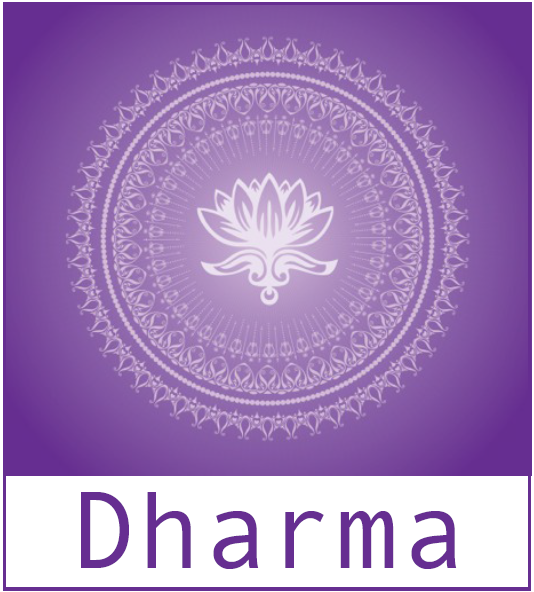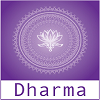A Coaching Model Created by Mihaly Kozak
(Life Coach, HUNGARY)
 Dharma is an ancient sanskrit word, means purpose in life. The Dharma coaching model helps you to discover and reconnect you with your true self and purpose.
Dharma is an ancient sanskrit word, means purpose in life. The Dharma coaching model helps you to discover and reconnect you with your true self and purpose.
D – Discover
Discover desire:
Clients come with a desire, sometimes with specific goals they want to reach. To clarify those desires, tools and assessments are used. (e.g. Wheel of life – 10 areas in life) Discover present/moment: To reach a goal, clients needs to be aware where they are now – what are their strengths and weaknesses.
Discover true purpose:
Life passes by fast. If you take time to view life from a perspective it helps to reflect how our present situation is connected to what we want to achieve in life. If the client desires to explore this topic they are helped by powerful questions and guided meditation. (What is your life mission? What do you want to be memorable for? What guides you, what is your inner compass? What are your core values? What are your unique talents?)
 H – Holistic Goal Setting
H – Holistic Goal Setting
Discover/Define clear goals:
In this phase, clients discover, explore and set clearly articulated goals. Clients are encouraged to explore their goals from a holistic perspective, where everything is connected and all goals are part of the whole. This broader approach may help deepen their understanding their motivating desires. Measurable goals and clear milestones are set. The more specific they are the easier to create action plan from them. They are simple and achievable – which support sustainability in the achieving process. During the coaching process these goals may be aligned and/or shifted to another one as the client progresses. These changes could be examined how they relate to the client’s holistic perception.
 A – Action Plan
A – Action Plan
After articulating specific goals clients create action plan how they want to achieve them. Goals broken into several steps help the client to have a clearer picture of the process. This also makes the execution easier as the goal is not something big and unachievable but simple and manageable. An action plan gives a structure for execution, and structure helps to keep focus on achieving the set goals.
 R – Respect
R – Respect
Creating accountability
A,er the discovery and planning phases clients commit themselves to their plans. This is where accountability takes place. They take responsibility for their action or inaction. It expresses respect for themselves, the coaching process and the coach. Respect may evoke discipline and strength to empower the client to execute their plan.
 M – Moving Mountains
M – Moving Mountains
After the clients have a clear picture what and how they want to achieve they discover what will motivate them to reach their goals. It may require enormous strength so what will motivate them to move these mountains? What will be their catalyst? What type of challenge they might expect? What holding powers can keep them away from their goals? What difficulties to expect and how can they overcome them? And this is the part when the client takes action. Coaching means action so apart from talking about reaching goals clients actually make theirs steps and achieve results. Results makes coaching valuable and may increase their self believes.
 A – Acknowledge
A – Acknowledge
In this phase the clients recognize their wins and the coach encourages them by giving acknowledgment and feedback.
After the process started clients reach results and setbacks. Acknowledgement is a crucial element of coaching. Recognizing and celebrating success gives the clients the strength to continue to reach their goals and it increases their self-esteem/confidence. So called failures might be considered challenges and learning experience which helps them to continue to develop themselves. Reaching big goals may not be their only definition of a win. Some results may seem baby steps but may give satisfaction and those deserve celebration as well. As a rule acknowledgments should be specific. This helps the client can understand what they are being acknowledged for.